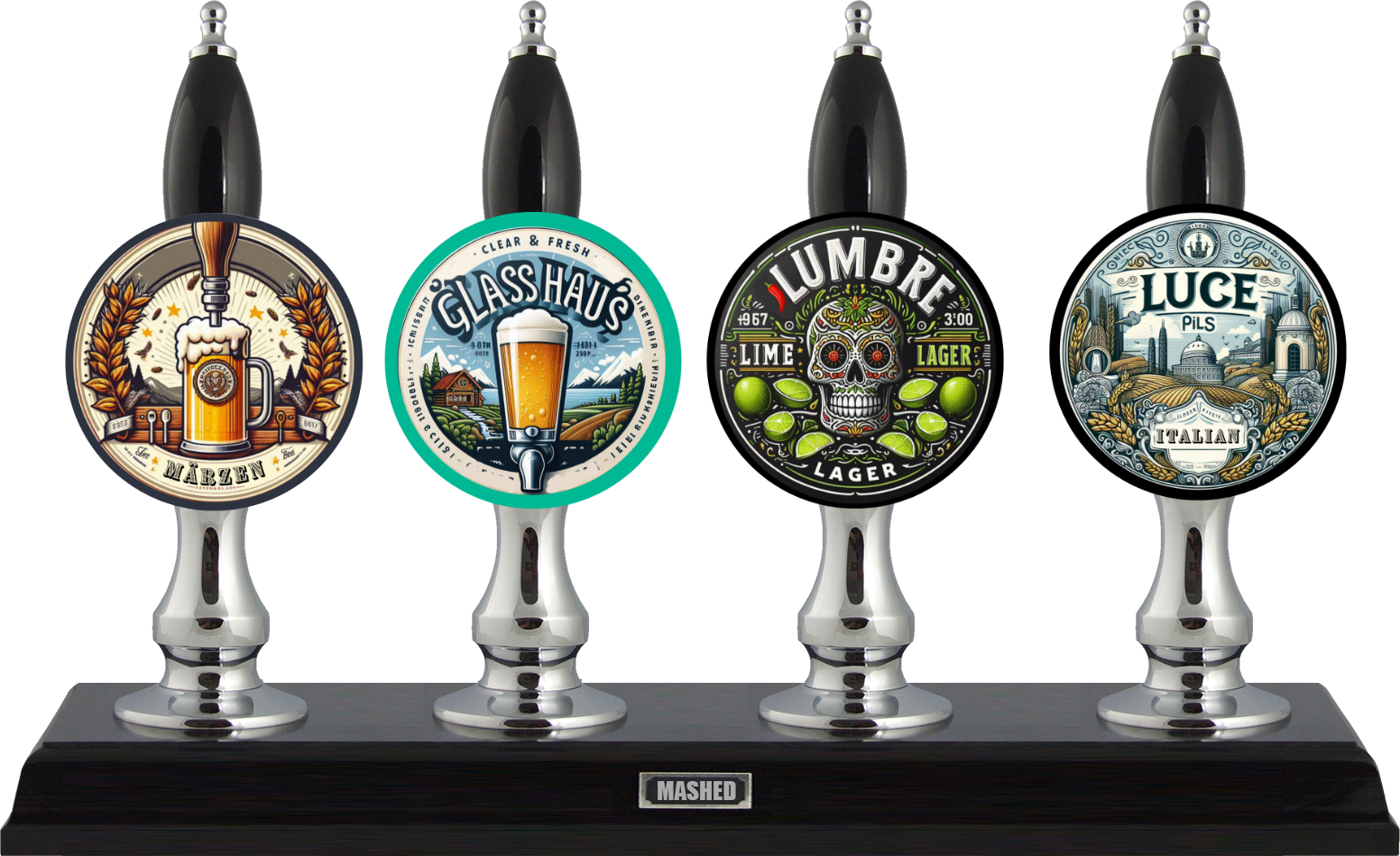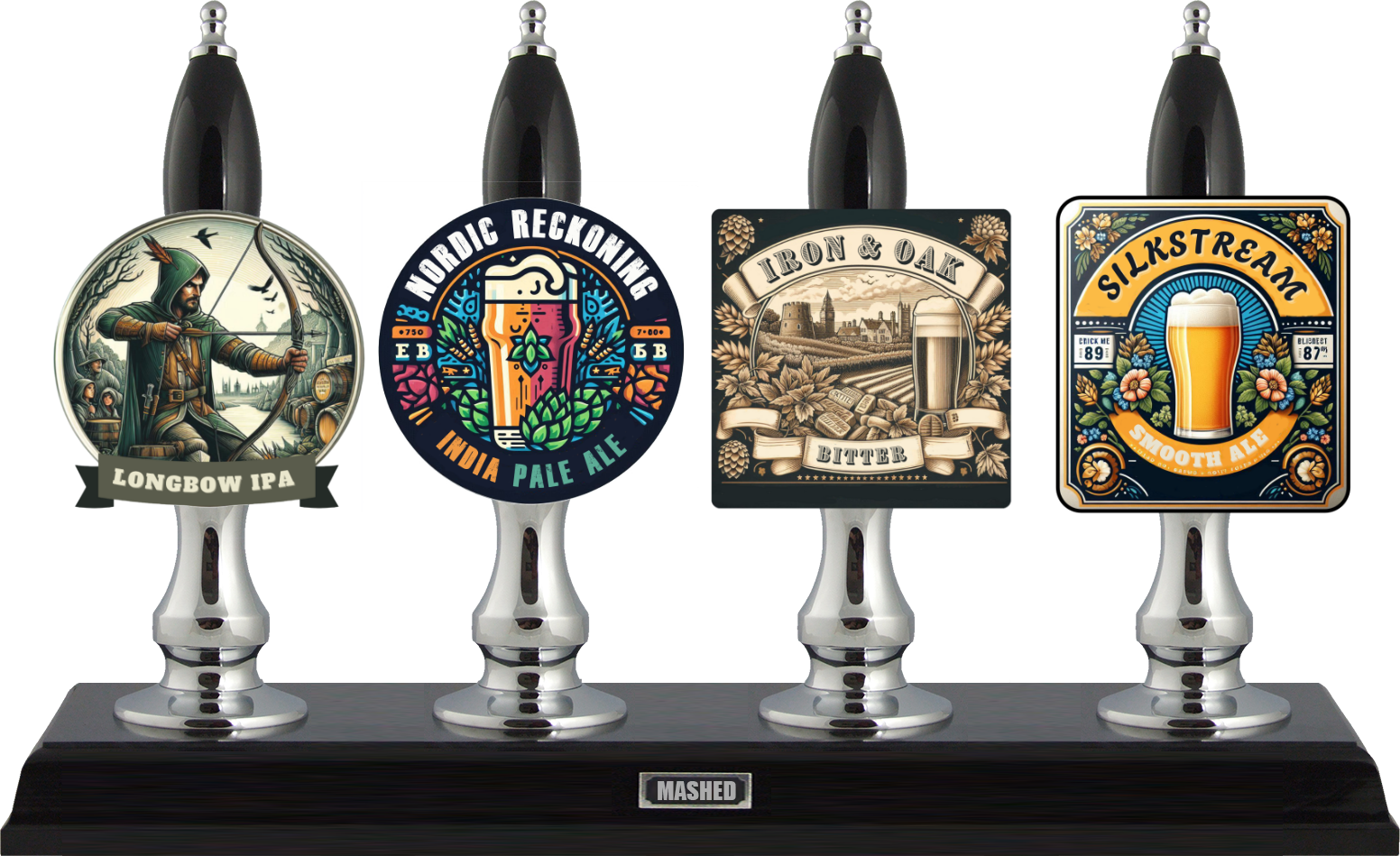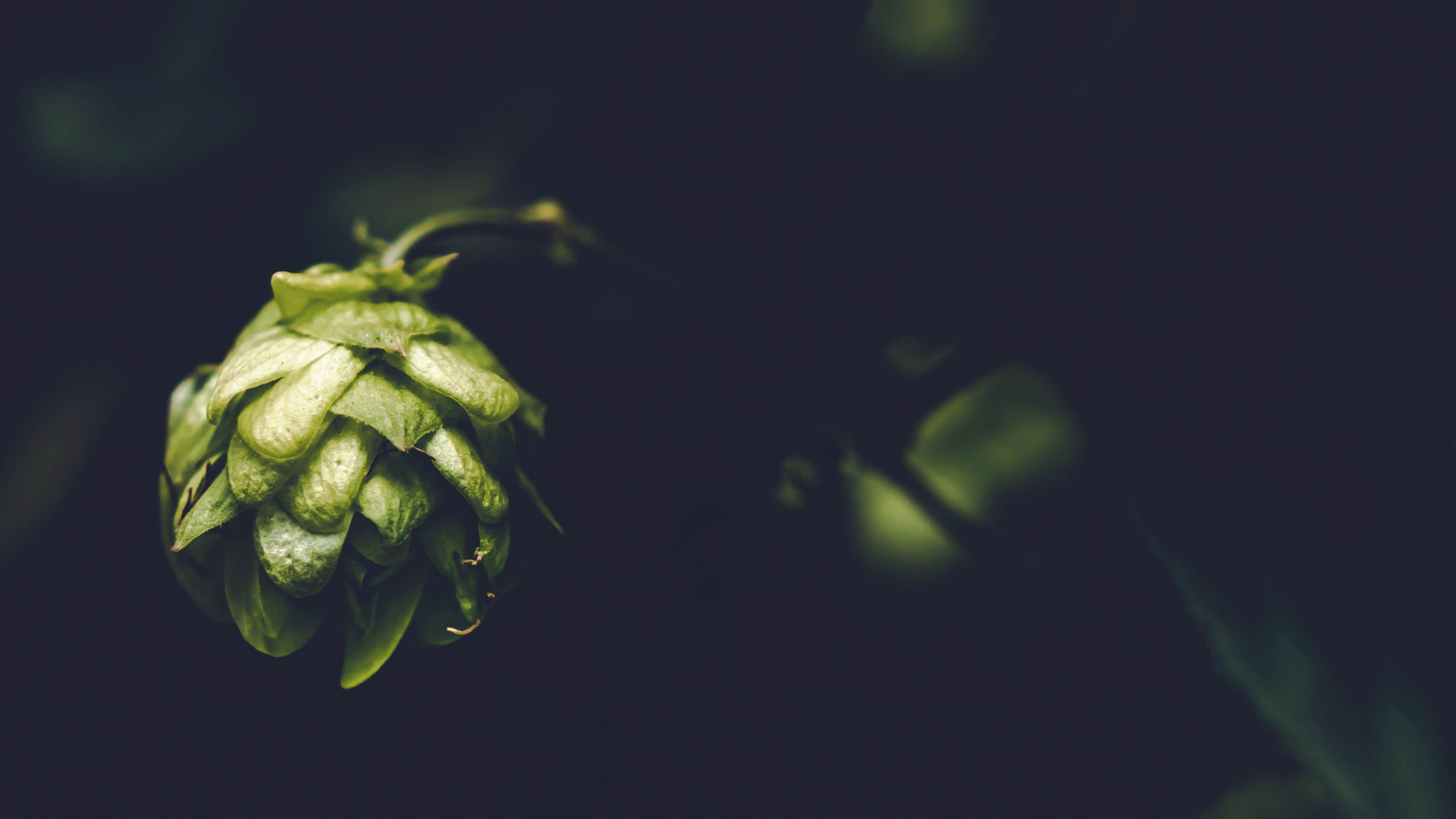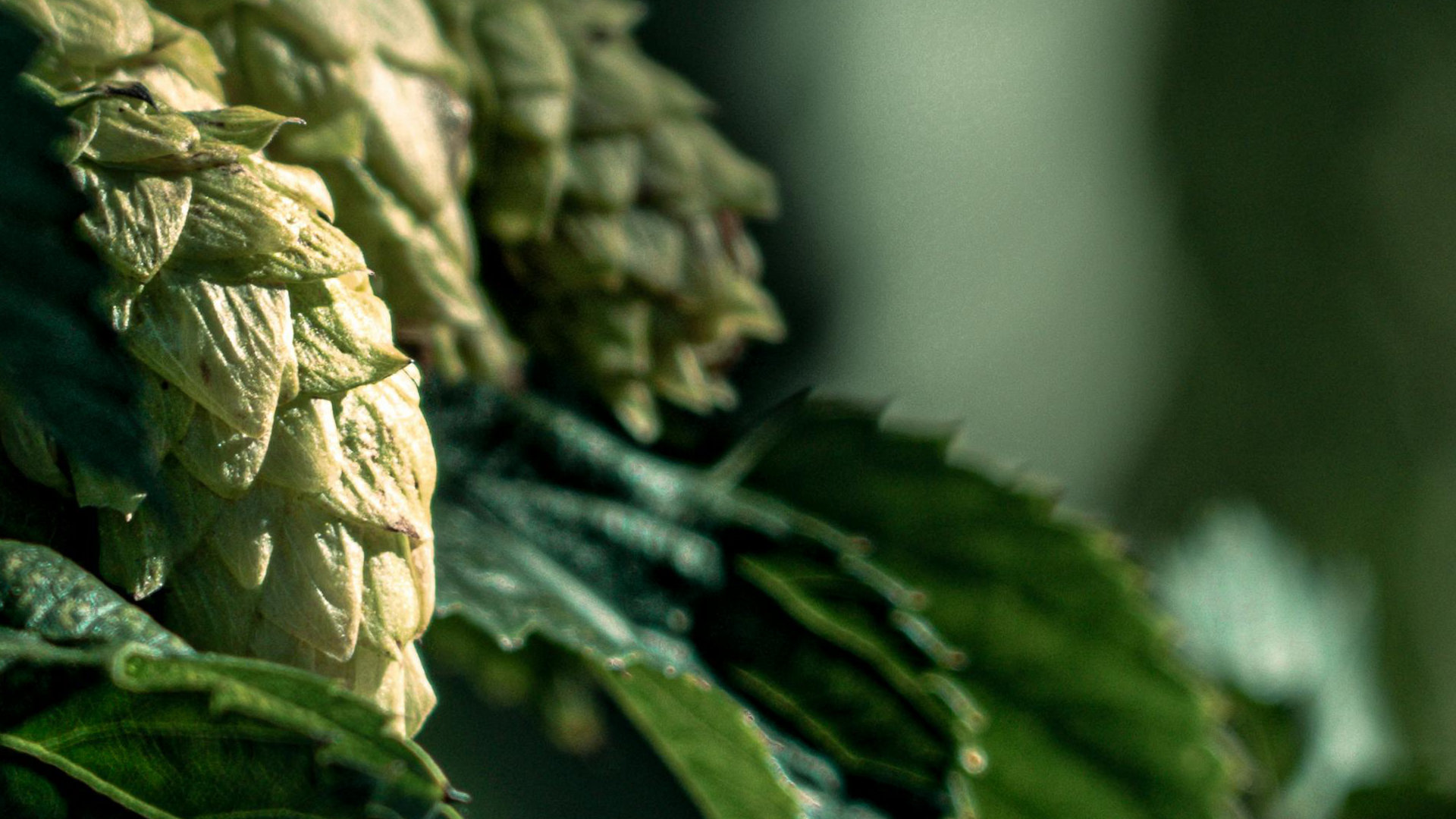There’s a tangible sense of pride emanated by USA-based Yakima Chief Hops. From their commitment to connecting family hop farms in the Pacific North West with the world’s finest brewers, to their dedication to quality and innovation. ‘Since 1869,’ they say, ‘our grower-owners have been building an enormous foundation of knowledge and know-how that fuels our collaborative, hands-on approach to meeting the needs of the world’s brewers.’
Yakima Chief Hops also has a long history of hop blending. Hop blends are really exciting and create unique advantages for both grower and brewer. As well as supporting product development, some of the chief advantages of hop blends, according to YCH, include:
CONSISTENCY - Like any agricultural product, hops are subject to environmental forces. Hop blends can create consistency by evening out the different characteristics attributed to the various farms, regions, and pick windows.
RELIABILITY - Hop blends can target specific aromas and brewing values - rather than specific varietal ratios - to allow for a decreased dependence on any constituent part. This allows blends to be produced in times of varietal-specific shortage, increasing reliability for the brewer.
NOVELTY - Blending allows for the targeting of specific oil ratios, which can create unique flavours and aromas that no one variety can replicate.
To discover more, we chat to three of the YCH team members:
Tiffany Pitra (TP), Sensory Manager
Tommy Yancone (TY), Technical Brewing Team and Luke Kulchstein (LK) Marketing Lead, Europe.
When did you start producing blends and why?
TY: Yakima Chief Hops has been making unique hop blends for about 10 years, starting with things like Falconers Flight®. Recently we’ve been focusing on designing blends that achieve a certain goal, such as supplying an aroma profile similar to that of varieties that are difficult to procure (Pacific Crest for example), as well as blends with elevated levels of compounds which survive the brewing process (TRI2304CR). We’ve also started creating what we call community blends. One blend is designed by Pink Boots Society members (Pink Boots Blend), and the other is done by a group of Military Veteran brewers (Veterans Blend). Proceeds from those blends are donated back to non-profit organizations. Supporting the brewing community has been a focus of YCH and this is an excellent way to get others involved, and raise money for some worthy causes!
LK: The community blends are a hugely important project for us; they not only allow us to work with some incredible causes around the world, but also to create some great hop products alongside them. Having them available to all echelons of the brewing community is a way of furthering their reach as well. Blends like Pink Boots often have some seriously exciting varieties in them, making it a ready-made hop bill, whilst feeding profits back to the Pink Boots Society.
How are the hops selected and blended together?
TY: Our community blends are selected by groups of brewers in collaboration with our sensory team, usually at a major trade show. Lots for our more targeted blends such as TRI2304CR are selected using data from our analytical lab. This means we can really hone in on exactly what level of target compounds we add to the blend.
TP: The planning and sensory teams will also meet to review lot-specific sensory and quality data to reduce variability of expression blends from year-to-year. The community blends are selected by representatives from the groups they mean to benefit. For example, members of Pink Boots Society will gather to select which varieties they want in the new blend and at what percentages. It’s a collaborative and exciting process and is another way to amplify women’s voices in the brewing industry.
How do you use them, any advantages?
TY: Community blends are different every year, but are usually designed to be a well-rounded hop applicable to most common styles. Our more targeted blends have a specific goal in mind. TRI2304CR, for example, has very high levels of “survivable†compounds to boost biotransformation, which can amplify the aroma of citrus-forward IPAs.
TP: I’d say there’s also an economic benefit here as well. Some of our blends seek to replace certain unreliable/variable/unsustainable/short supply varieties. Using YCH blends can help brewers keep a tighter control on their hop inventory and produce a reliable beer time after time.
Where do you think hop trends are heading in the next few years?
TY: I think blends will continue to carve out their place. With the advent of analytics-designed blends, there could be a shift towards a more scientific based hopping recipes. The year over year consistency of the blends will give brewers tighter control over the flavour profile they get from hops. Additionally our breeding company has quite a few new varieties in development. It’s always exciting to see if any of them become named varieties in the near future.
LK: As brewing trends progress and new techniques come to the forefront, there will always be a specific flavour/aroma profile people are seeking to achieve. Whilst our hop breeders are extremely talented and some of the trial hops in the pipeline are pretty incredible, it takes over a decade to bring a new variety to market. Our technical team are constantly working on new products to help both commercial and home brewers achieve them.
A Mild Cluster fugget
This recipe is designed by Yakima Chief Hops to showcase the unique aroma profile of the Cluster Fuggetâ„¢blend, with earthy and grassy characteristics, as well as hints of citrus and sweet aromas.
Malts
Pale - 52%
Caramel Steam - 20%
Munich 10L - 18%
Flaked Rye - 8%
Acidulated - 2%
Hops
Cluster Fuggetâ„¢ - 60 min (14.5IBU)
Cluster Fuggetâ„¢ - 15 min (5.7 IBU)
Cluster Fuggetâ„¢- Whirlpool (3.7IBU)
60 Minute Boil
Yeast: Imperial A01
Mash Temp: 68oC
Ferm Temp: 18oC
OG:1.040
FG: 1.006
ABV: 4.6%



.jpg)







